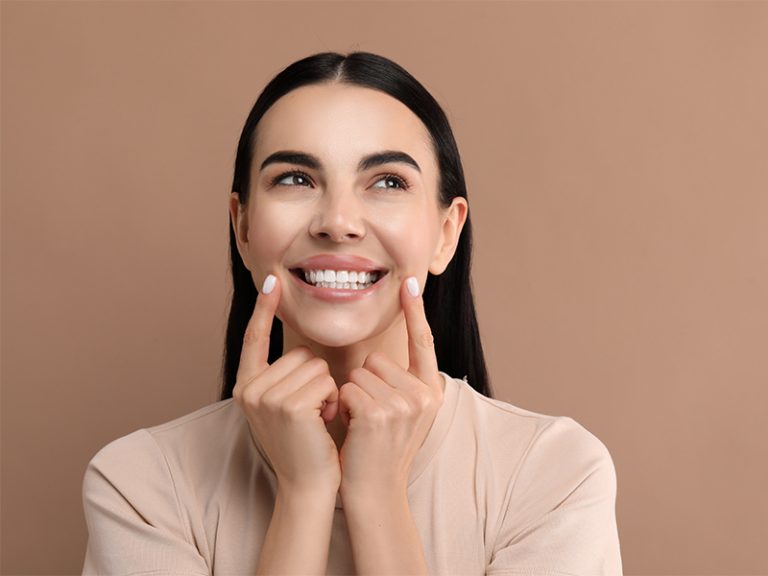
Orthodontics
Orthodontics focuses on diagnosing, preventing, and correcting teeth and jaw alignment issues, significantly enhancing oral health, functionality, and aesthetics. Straight teeth are not only about creating a beautiful smile; they also help maintain better oral hygiene, reduce the risk of tooth decay and gum disease, and alleviate issues related to improper bites, such as jaw pain and speech difficulties. Modern orthodontic treatments offer patients various options to achieve a straighter, healthier smile in a discreet and comfortable manner.
With advancements in orthodontic technology, treatments are now more effective and less invasive, catering to different age groups and dental needs. From traditional braces to innovative clear aligners, patients have the freedom to choose a treatment that best suits their lifestyle. Below is an overview of popular orthodontic services and how each can contribute to achieving long-lasting oral health benefits.
Services Offered Under Orthodontics
Invisalign (Clear Aligners)
Invisalign is a modern orthodontic treatment that uses clear, removable aligners to gradually shift teeth into their ideal position. These aligners are custom-made to fit snugly over your teeth and are virtually invisible, making them a preferred choice for those who want to straighten their teeth discreetly.
Benefits of Invisalign:
- Removable for eating and oral hygiene
- Virtually invisible appearance
- Comfortable and customized fit
- No dietary restrictions
Traditional Braces
Traditional braces consist of metal brackets and wires that are adjusted periodically to guide teeth into alignment. While more noticeable than clear aligners, traditional braces remain a highly effective solution for correcting complex dental issues, including severe misalignment and bite problems.
Benefits of Traditional Braces:
- Effective for complex orthodontic cases
- Suitable for patients of all ages
- Provides precise control over tooth movement
- Affordable compared to other options
Ceramic Braces
Ceramic braces function similarly to traditional metal braces but are made from tooth-colored materials, making them less noticeable. They are a popular choice for patients who need the effectiveness of traditional braces but want a more discreet option.
Benefits of Ceramic Braces:
- Blend in with natural teeth
- Effective for a wide range of orthodontic issues
- Less noticeable than metal braces
- Durable and strong
Lingual Braces
Lingual braces are placed on the back (lingual) side of the teeth, making them invisible from the front. They are a great option for those who want the benefits of traditional braces without compromising their appearance during treatment.
Benefits of Lingual Braces:
- Completely hidden behind the teeth
- Effective for complex cases
- Customized to fit each patient’s dental structure
- Suitable for adults and teens
Retainers
Retainers are used after orthodontic treatment to maintain the new position of the teeth. They are essential to prevent teeth from shifting back to their original alignment. Retainers can be fixed or removable, depending on the patient’s needs.
Benefits of Retainers:
- Prevents teeth from reverting to their original position
- Maintains long-term orthodontic results
- Available in clear or traditional wire styles
- Can be worn at night for convenience
Why Orthodontic Treatment Matters
Orthodontic treatment goes beyond creating a straight smile. Proper alignment can alleviate problems such as overcrowding, gaps between teeth, overbites, underbites, and crossbites. Correcting these issues not only enhances oral aesthetics but also improves the function of your teeth and jaw, reducing the risk of tooth decay, gum disease, and jaw-related discomfort. A well-aligned smile also boosts self-confidence, making social interactions more comfortable and enjoyable.
Frequently Asked Questions (FAQ)
1. How long does orthodontic treatment take?
The duration of orthodontic treatment depends on the severity of the misalignment and the type of treatment chosen. On average, treatment can take anywhere from 12 to 24 months, but some cases may be shorter or longer.
2. Is Invisalign suitable for all types of orthodontic issues?
Invisalign is effective for treating mild to moderate orthodontic issues such as crowding, gaps, and mild bite problems. However, severe misalignment or complex bite issues may require traditional braces for the best results.
3. Do braces hurt?
It is normal to experience some discomfort after braces are first applied or adjusted. This typically subsides after a few days as your mouth adjusts to the treatment. Over-the-counter pain relievers can help manage any discomfort.
4. Can adults get orthodontic treatment?
Yes, orthodontic treatment is suitable for patients of all ages, including adults. Many adults choose treatments like Invisalign or ceramic braces for a more discreet experience.
5. How do I care for my orthodontic appliances?
Proper care of orthodontic appliances involves maintaining good oral hygiene, avoiding hard or sticky foods that can damage braces, and attending regular check-ups to ensure your treatment is progressing as planned.
6. Will I need a retainer after orthodontic treatment?
Yes, retainers are typically necessary after orthodontic treatment to keep teeth in their new positions. Your dentist or orthodontist will recommend the type of retainer best suited for your needs.
